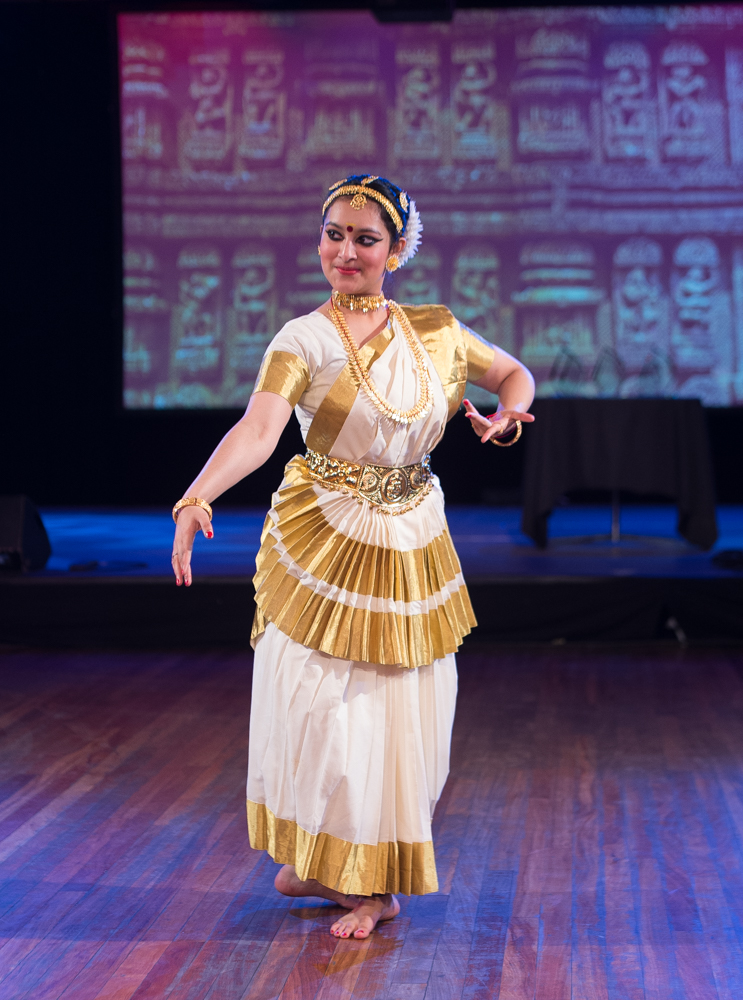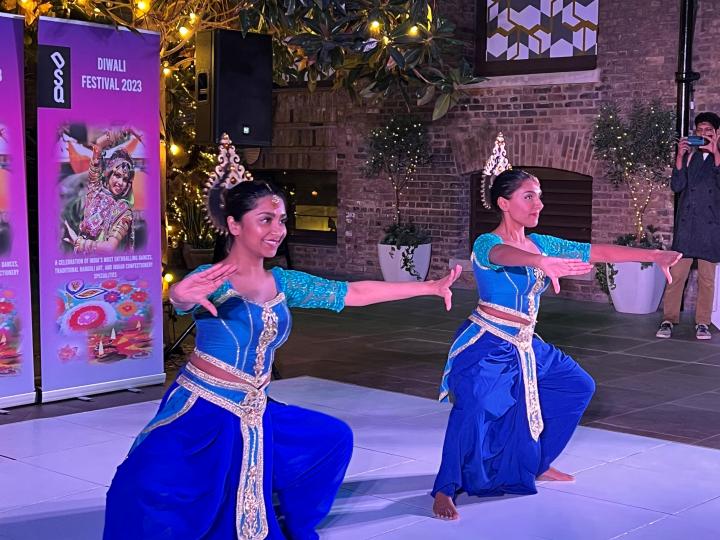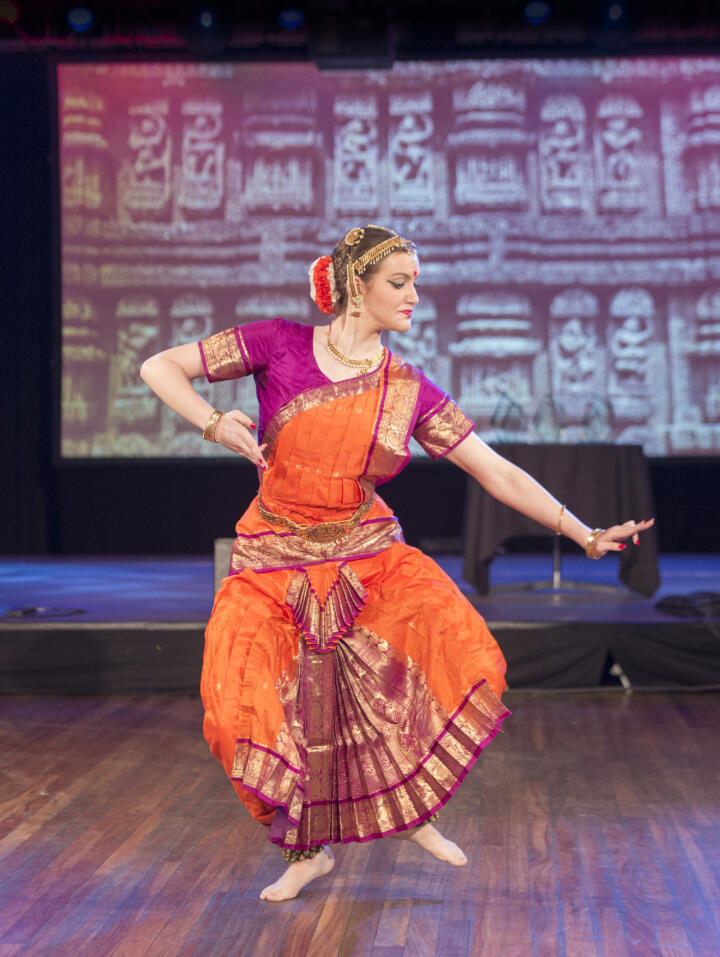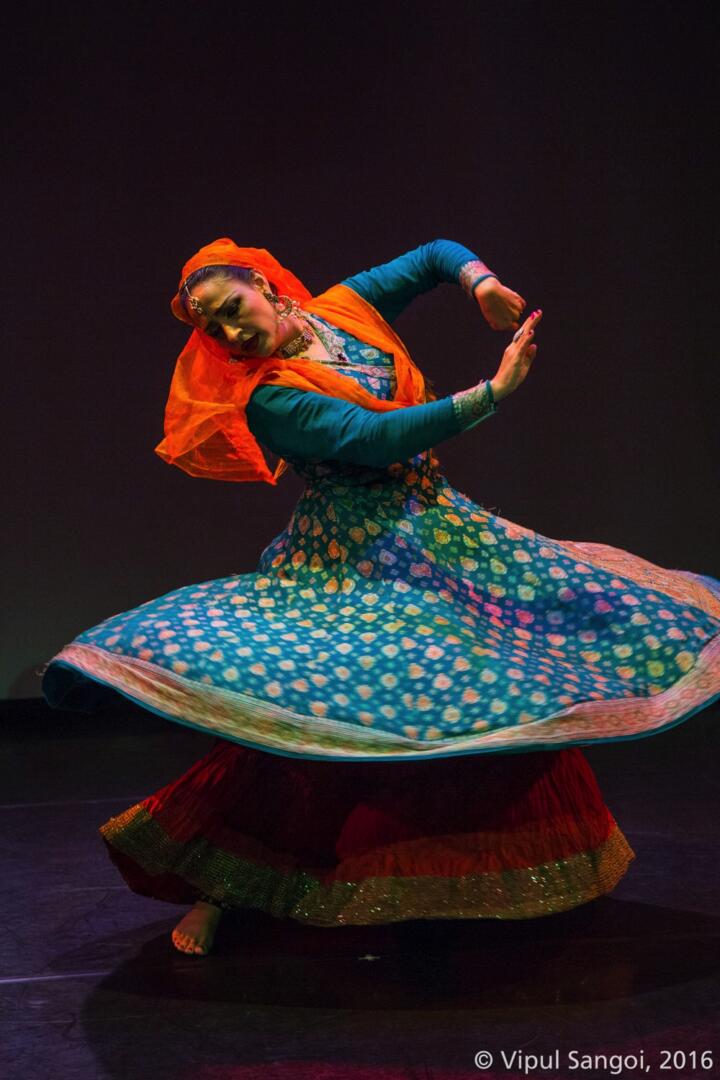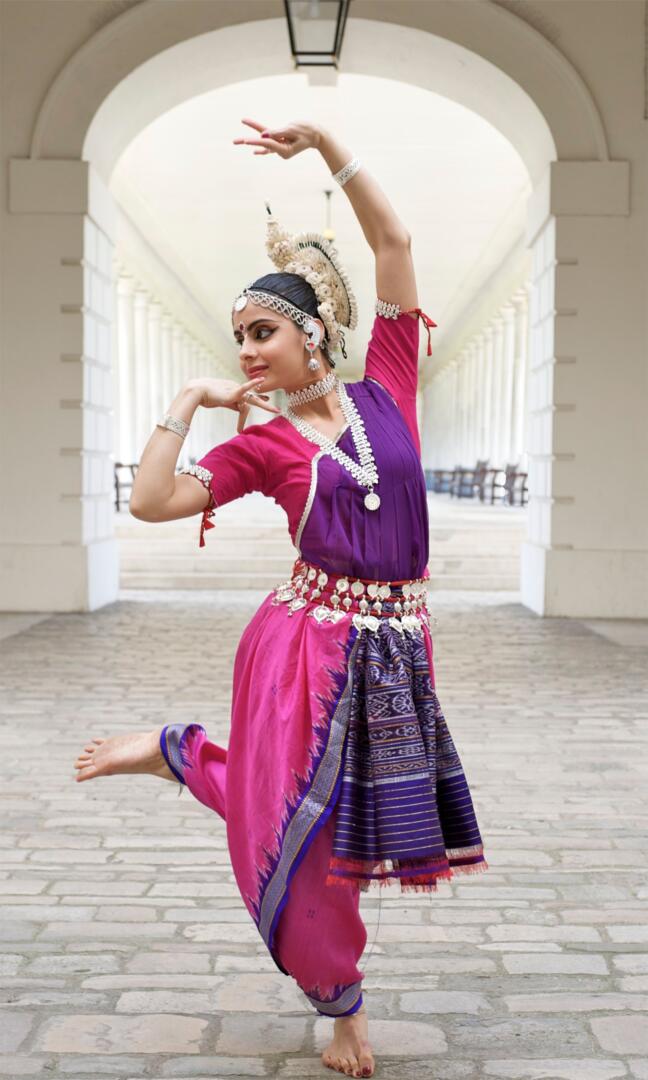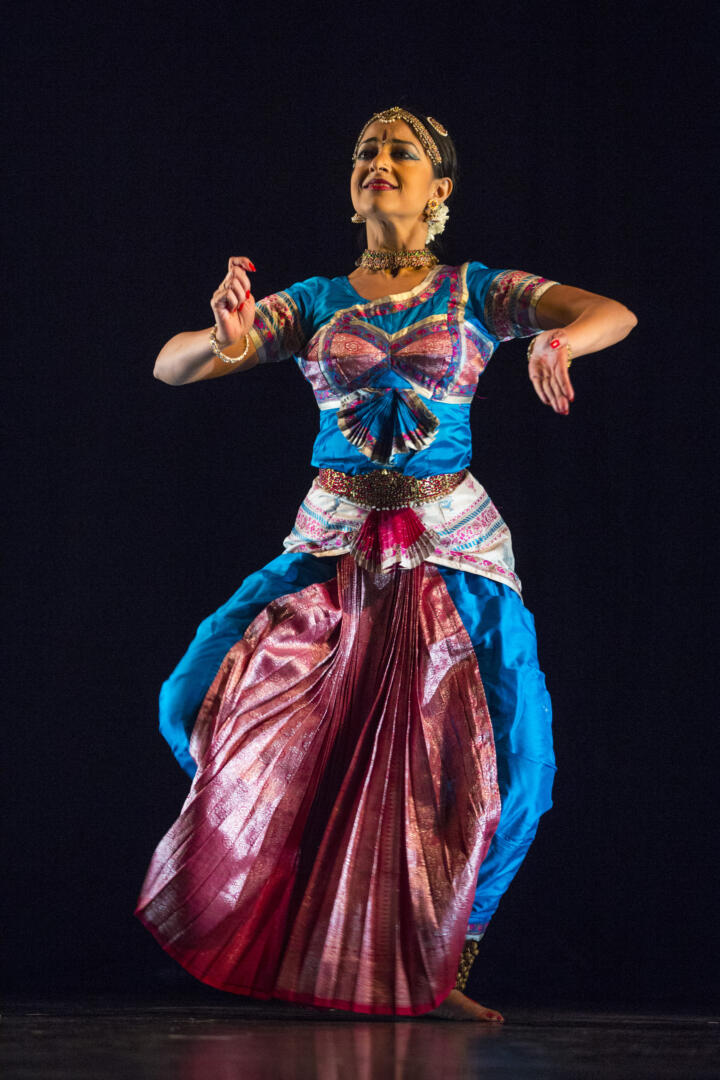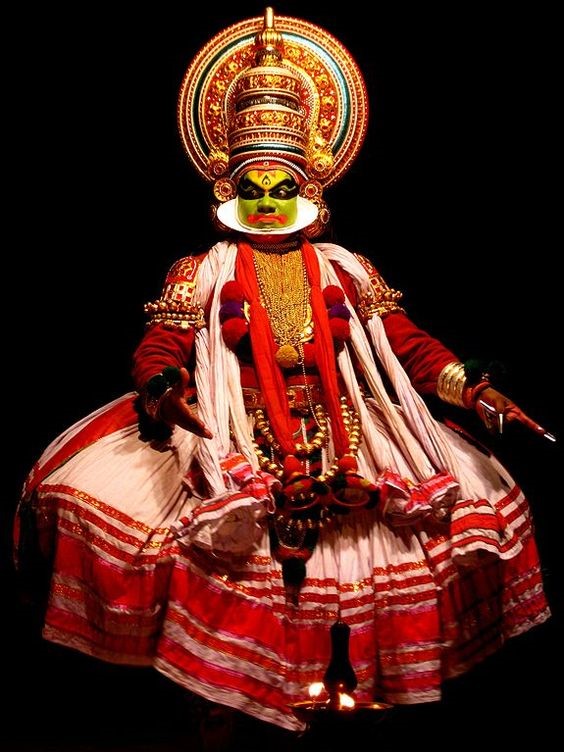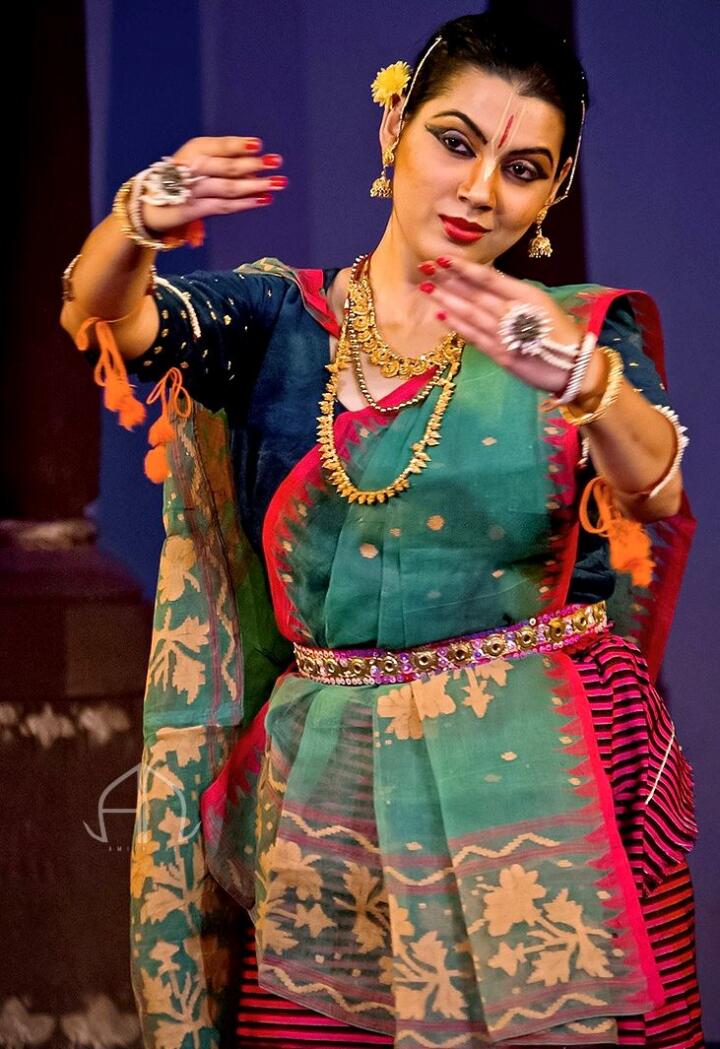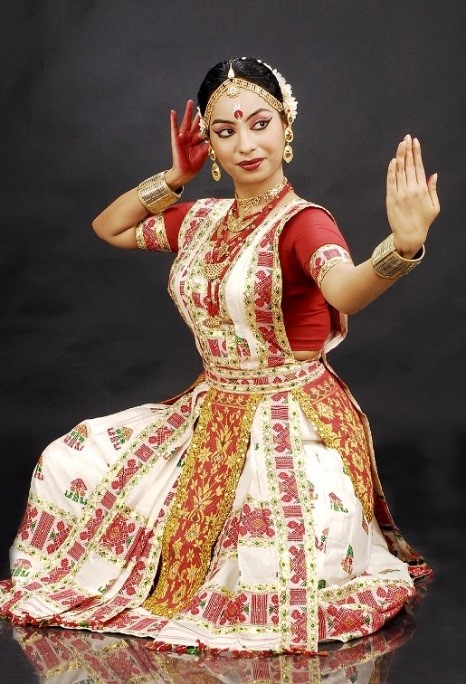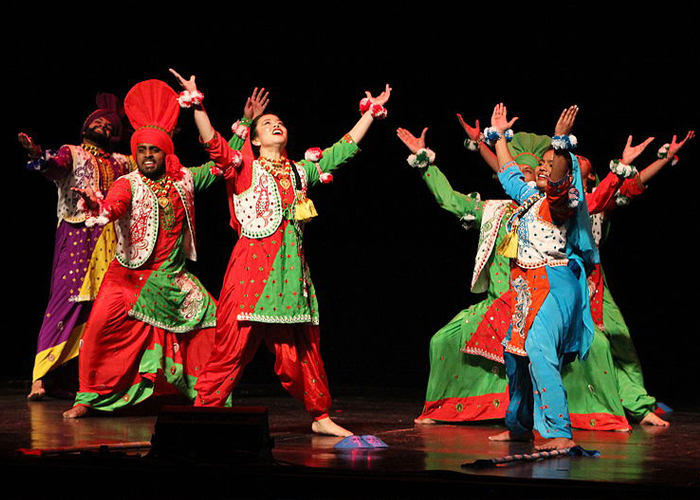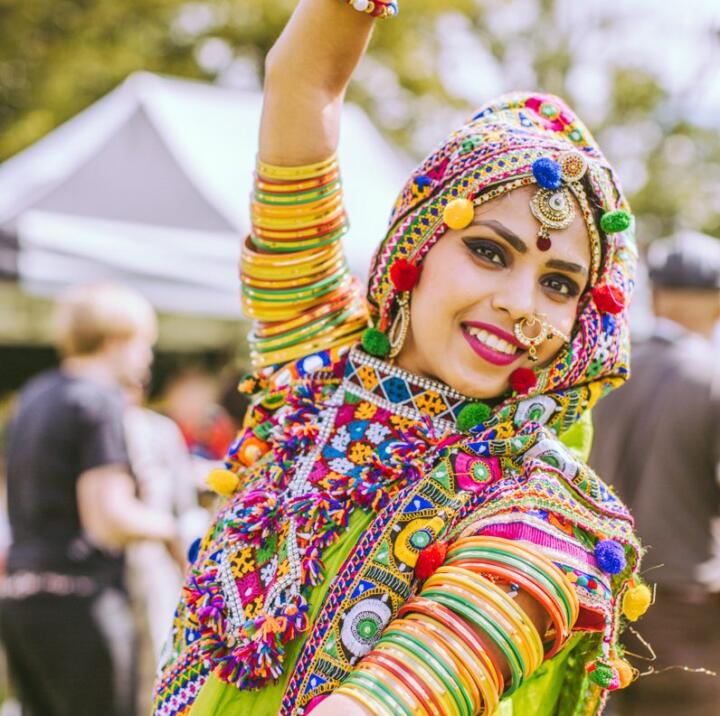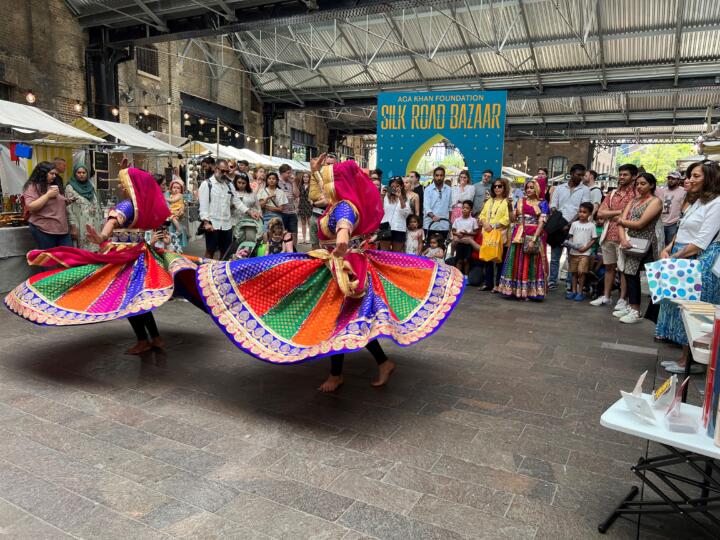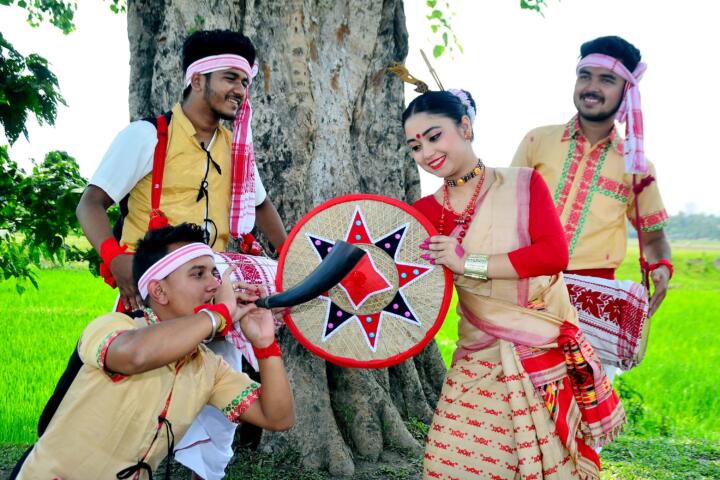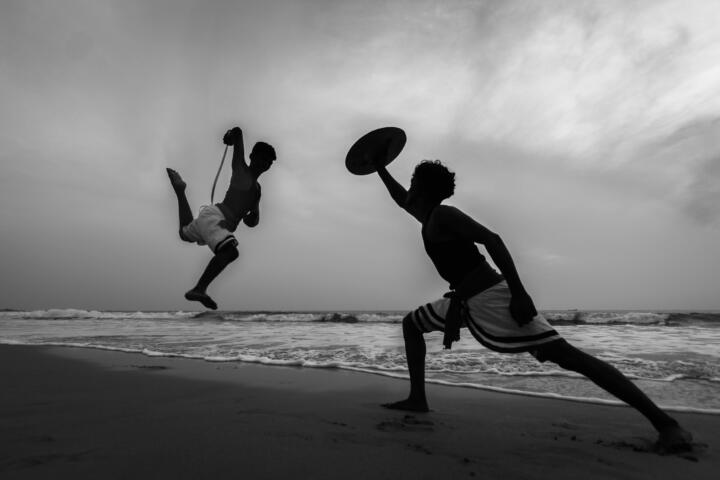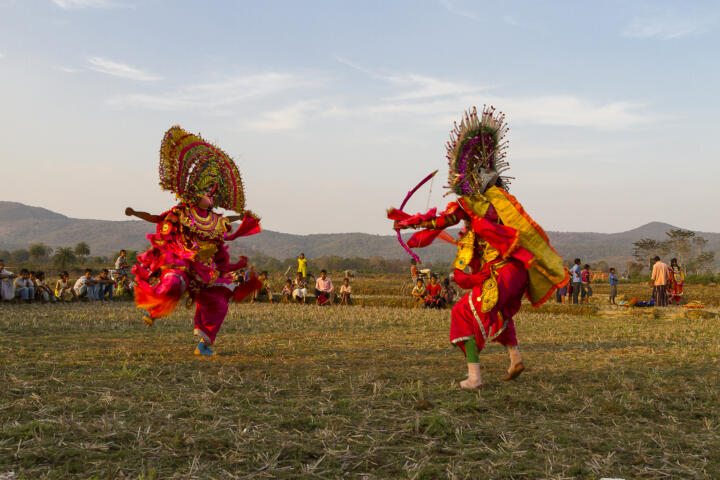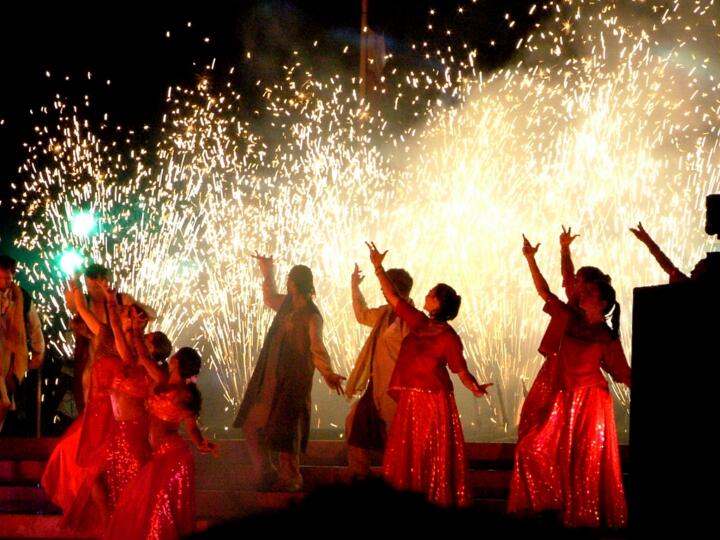Mohiniyattam
A guide to Mohiniyattam
Mohiniyattam, also spelled Mohiniattam, is a classical dance from Kerala, India. The term Mohiniyattam comes from the words “Mohini” meaning a woman who enchants onlookers and “aattam” meaning graceful and sensuous body movements. The word “Mohiniyattam” literally means “dance of the enchantress”.
Mohiniattam is characterized by swaying movements of the upper body with legs placed in a stance similar to the plie position. The eyes play an important role in accenting the direction of the movement.
The costume includes white sari embroidered with bright golden brocade (known as kasavu) at the edges. The dance follows the classical text of Hastha Lakshanadeepika, which has elaborate description of mudras (gestural expressions by the hand palm and fingers).
The Jewellery our traditional dancers wear is the typical complete set of Temple Golden Finish Jewellery with a proper wide Golden Lakshmi belt specially designed for Mohiniyattam. The foot steps are made tinkling with a good pair of original Chilanka or either known as Ghungroo or Dancing bells worn by the dancer on her legs. The performer also adorns herself with Fresh white Jasmine flowers which is decked to her hair bun arranged on the left side of the head pinned on to a beautiful Jurapin, which makes Mohiniyattam artists distinct from other dance forms artists of India.
The vocal music of Mohiniyattam involves variations in rhythmic structure known as chollu. The lyrics are in Manipravalam, a mixture of Sanskrit and Malayalam. The Mohiniyattam dance is performed to this accompaniment by the subtle gestures and footwork of the danseuse. The performer uses the eyes in a very coy, sensual manner to enchant the mind without enticing the senses.
